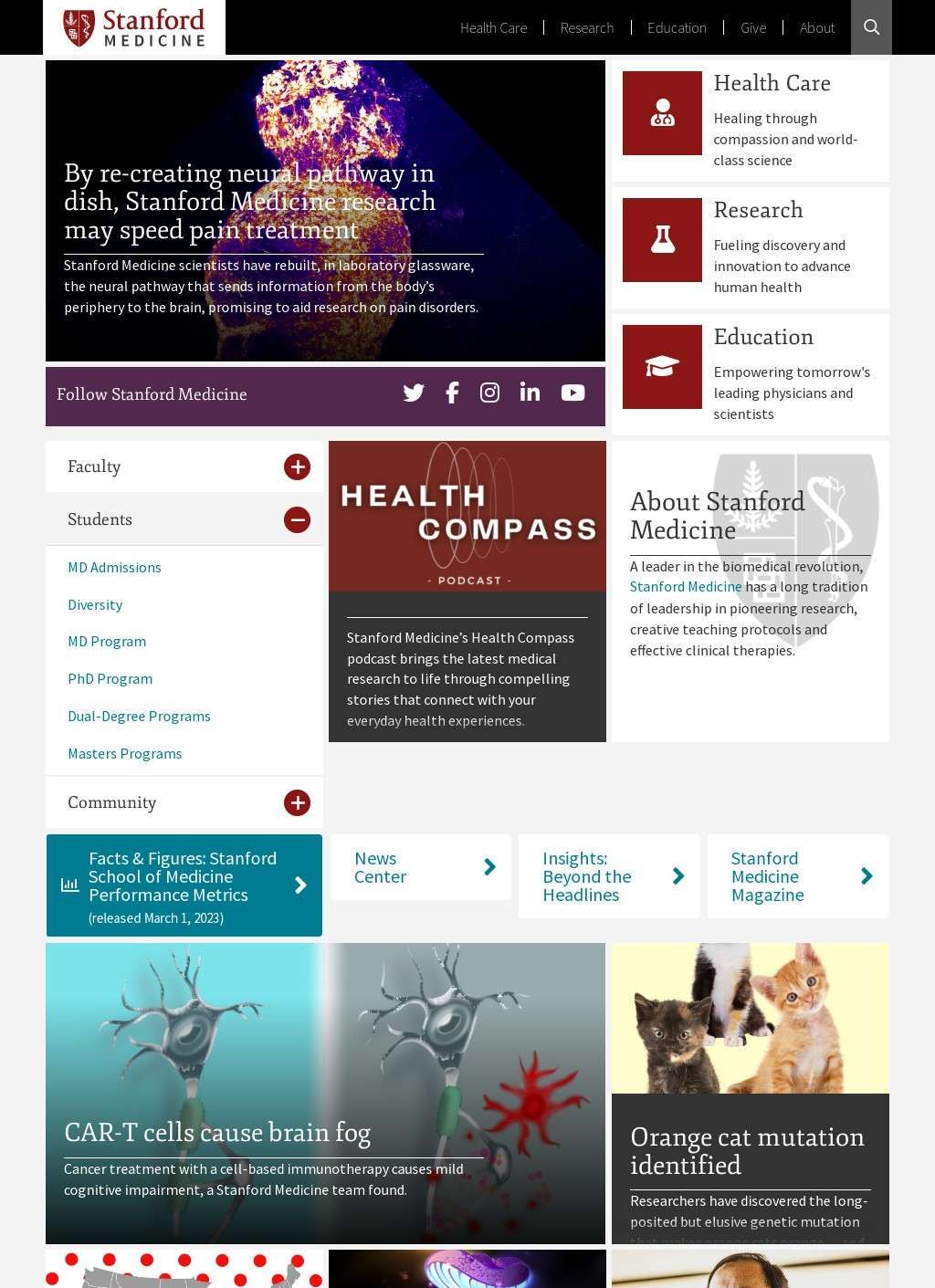Stanford Medicine's Division of Plastic and Reconstructive Surgery represents a convergence of surgical innovation, academic excellence, and patient-focused care in the field of body contouring. Located within one of the world's leading medical schools, the division benefits from Stanford's culture of innovation and its proximity to Silicon Valley's technological advances. This unique positioning allows Stanford's body contouring program to incorporate cutting-edge techniques and technologies while maintaining rigorous academic standards for patient safety and outcome evaluation.
The institution's body contouring services focus particularly on addressing the complex needs of patients who have experienced significant weight loss. Stanford's surgeons recognize that massive weight loss, whether achieved through bariatric surgery or lifestyle modifications, often results in excess skin that can cause both functional and aesthetic concerns. The program offers comprehensive surgical solutions including panniculectomy, abdominoplasty, brachioplasty, and circumferential body lifts. Each procedure is carefully tailored to address specific anatomical areas while considering the patient's overall body proportions and aesthetic goals.
Patient selection at Stanford Medicine follows evidence-based criteria designed to optimize outcomes and minimize complications. The surgical team requires patients to achieve and maintain a stable weight for at least 12 months following gastric bypass surgery before considering body contouring procedures. Additional screening addresses medical comorbidities that could affect wound healing, including diabetes, nutritional deficiencies, and history of deep vein thrombosis. This careful patient selection process reflects Stanford's commitment to achieving excellent results while prioritizing patient safety.
The division's approach to surgical planning demonstrates sophisticated understanding of tissue mechanics and aesthetic principles. Stanford surgeons employ advanced imaging techniques and three-dimensional modeling to plan procedures that will achieve optimal body contours while minimizing visible scarring. For patients requiring multiple procedures, the team develops staged surgical plans that balance comprehensive treatment with safe recovery periods. This methodical approach allows for addressing multiple body areas while managing surgical risks associated with extensive procedures.
Research and education form integral components of Stanford Medicine's body contouring program. Faculty members contribute to advancing the field through clinical research examining surgical techniques, patient outcomes, and quality of life improvements following body contouring. The division's involvement in training the next generation of plastic surgeons ensures that innovative approaches and best practices disseminate throughout the medical community. Residents and fellows gain exposure to complex body contouring cases under expert supervision, preparing them to address challenging clinical scenarios in their future practices.
Stanford's multidisciplinary approach to body contouring extends beyond the operating room. The program coordinates with nutritionists to optimize patients' nutritional status before and after surgery, recognizing that adequate protein intake and micronutrient levels are crucial for proper wound healing. Physical therapists work with patients to maintain mobility and strength during recovery periods. When appropriate, psychological support services help patients adjust to their changing body image and manage expectations throughout the transformation process.
The institution's commitment to innovation manifests in its adoption of enhanced recovery protocols for body contouring patients. These evidence-based protocols incorporate multimodal pain management strategies, early mobilization, and optimized fluid management to accelerate recovery and reduce complications. Stanford's surgeons also utilize advanced surgical techniques such as progressive tension sutures in abdominoplasty to reduce seroma formation and improve aesthetic outcomes. These technical refinements, developed through careful observation and research, contribute to improved patient experiences and results.
Post-operative care at Stanford Medicine reflects understanding that body contouring recovery extends well beyond the immediate surgical period. Patients receive detailed instructions for incision care, activity restrictions, and compression garment use. The surgical team monitors patients closely for potential complications while providing support for the physical and emotional aspects of recovery. Long-term follow-up allows for assessing aesthetic outcomes and addressing any concerns that arise as tissues settle and scars mature.
Stanford Medicine's position within a comprehensive academic medical center provides unique advantages for complex body contouring cases. The institution's access to specialized medical services allows for managing patients with complicated medical histories or unusual anatomical challenges. The collaborative environment fosters innovative solutions to difficult clinical problems, with input from multiple specialties contributing to optimal patient care. This academic setting also ensures that treatment recommendations reflect the latest evidence-based practices rather than following outdated conventions.
Through its combination of surgical expertise, academic rigor, and innovative spirit, Stanford Medicine's body contouring program exemplifies excellence in aesthetic surgery within an academic medical setting. The division's commitment to advancing the field through research, education, and clinical innovation ensures that patients receive care reflecting both current best practices and emerging developments in body contouring surgery.
